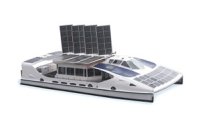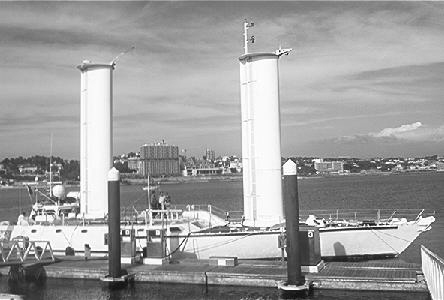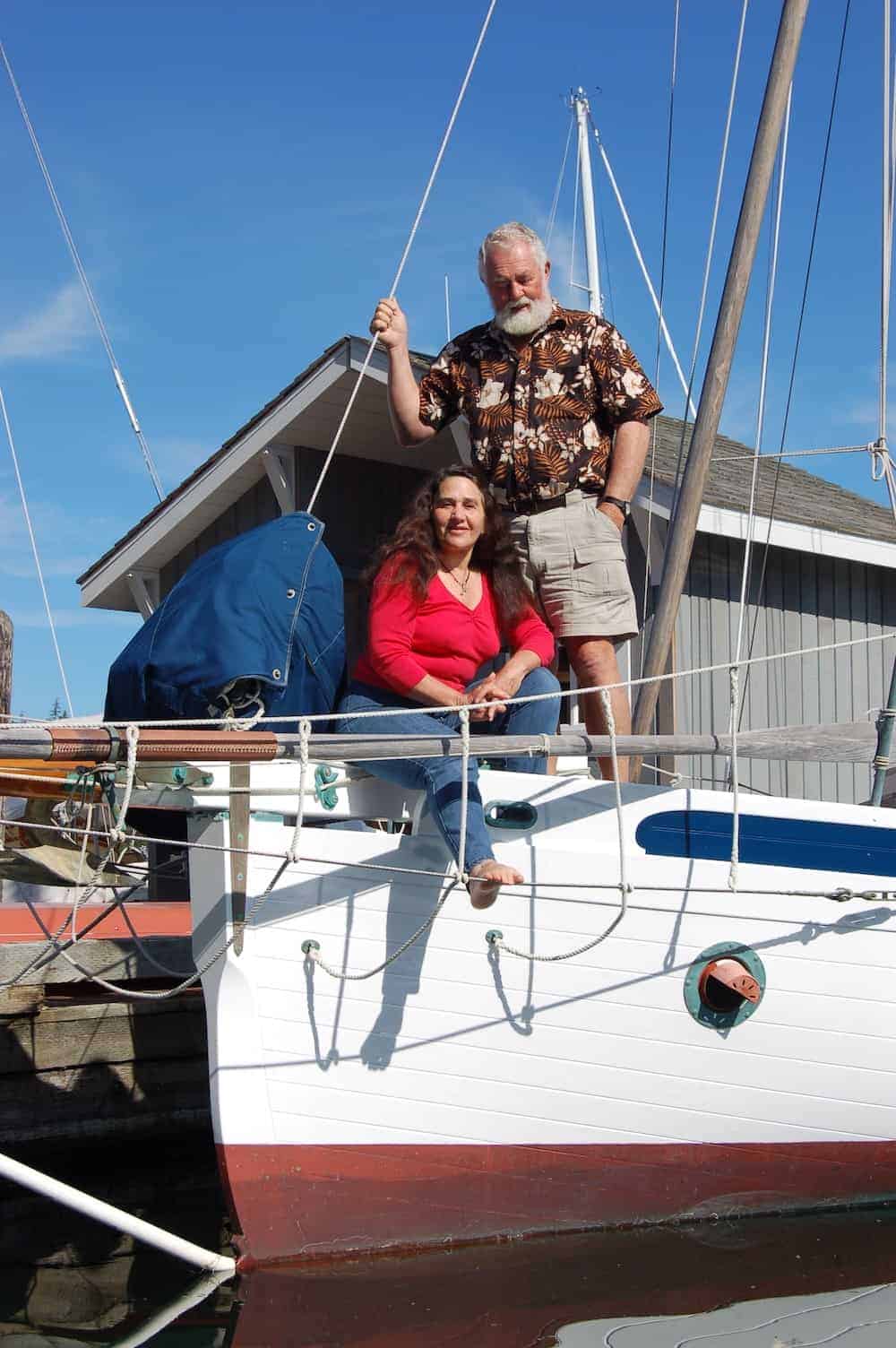North Baltic sea
Guru
About 10meters boat go 5 knots whith Omega sails kit for boats price 2700-18000€
A company called Omega Sails has come up with a new idea for harnessing the wind to haul powerboats and yachts up to 65 ft in length. The inflatable Omega Sail kite uses a surface of up to 200 sq meters to power a boat up to 5 knots per hour with no motor support. The kite is a great way to save fuel, increase your cruising range, protect the environment and provide a quiet, peaceful ride just for the fun of it. It’s also a good safety backup device in case of engine failure.
A 12 V air pump is provided that will inflate the Omega Sail kite in about 3 minutes. When you’re done with it, the kite is electrically pulled back to the deck where it can be deflated, folded and stored for later use.
The Omega Sail kite, which sold in France and through online orders, is available in six different sizes ranging from 20 to 200 square meters. Find out more about this
Kippis, NBS
OMEGSAILS : Kites for Stand Up Paddling, canoeing and boating
And ship model save 20% fuel

and oacis is the sea boat orginal air ship, Unfortunately, it ran a test on a cruise, no one was perched on the case. he does not yet finally painted, because a little rusty

A company called Omega Sails has come up with a new idea for harnessing the wind to haul powerboats and yachts up to 65 ft in length. The inflatable Omega Sail kite uses a surface of up to 200 sq meters to power a boat up to 5 knots per hour with no motor support. The kite is a great way to save fuel, increase your cruising range, protect the environment and provide a quiet, peaceful ride just for the fun of it. It’s also a good safety backup device in case of engine failure.
A 12 V air pump is provided that will inflate the Omega Sail kite in about 3 minutes. When you’re done with it, the kite is electrically pulled back to the deck where it can be deflated, folded and stored for later use.
The Omega Sail kite, which sold in France and through online orders, is available in six different sizes ranging from 20 to 200 square meters. Find out more about this
Kippis, NBS
OMEGSAILS : Kites for Stand Up Paddling, canoeing and boating
And ship model save 20% fuel

and oacis is the sea boat orginal air ship, Unfortunately, it ran a test on a cruise, no one was perched on the case. he does not yet finally painted, because a little rusty

Last edited:







